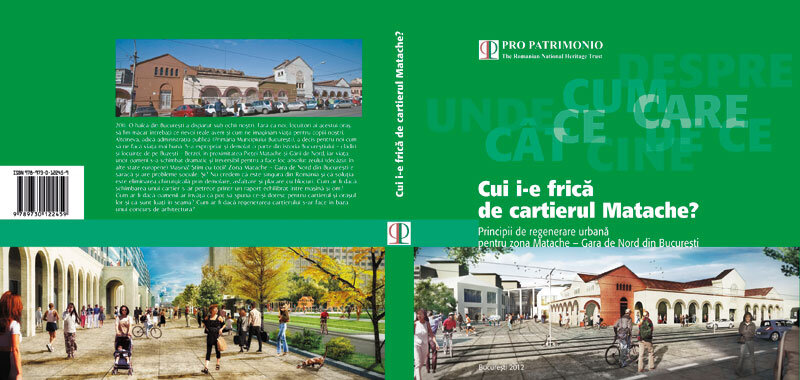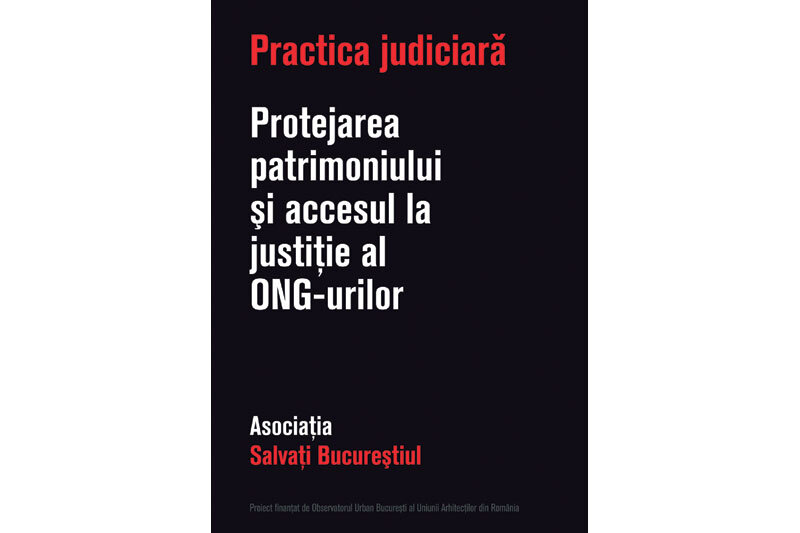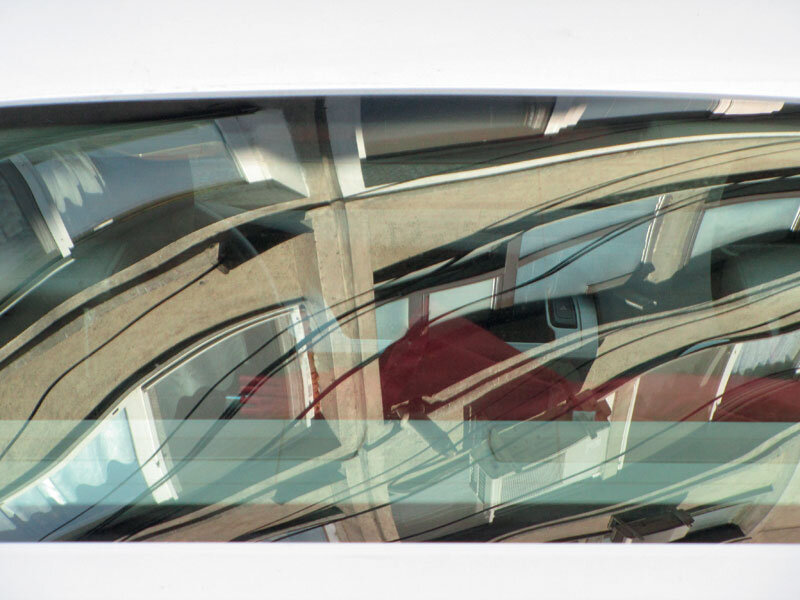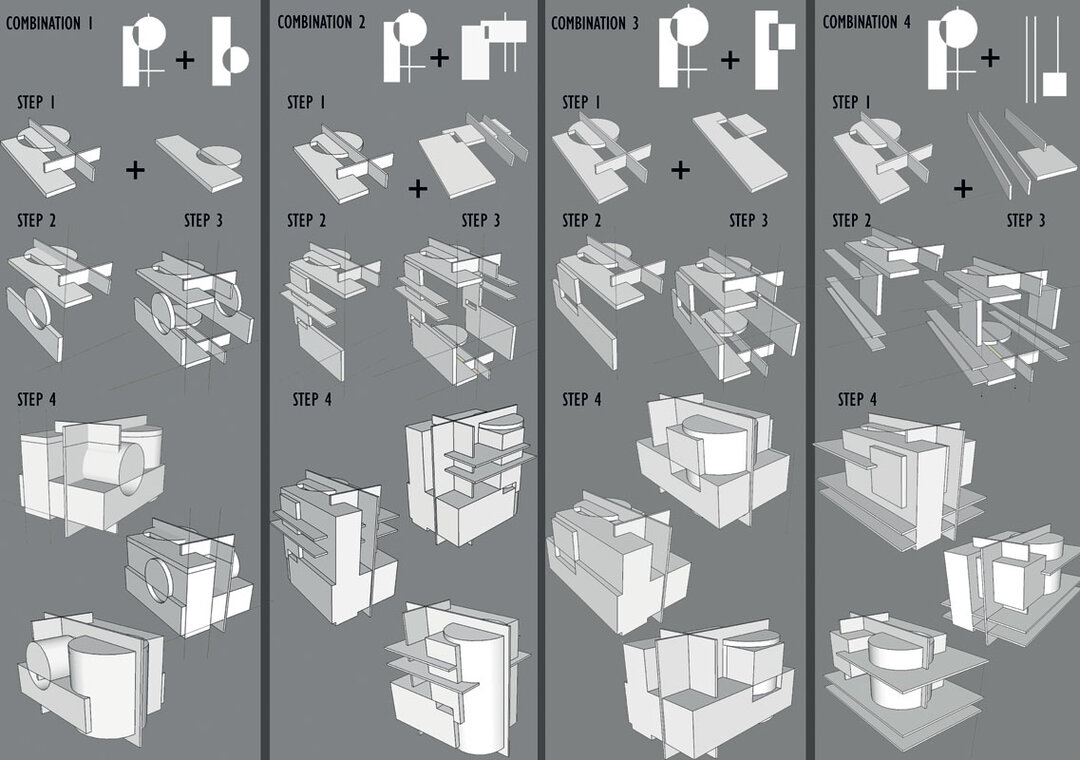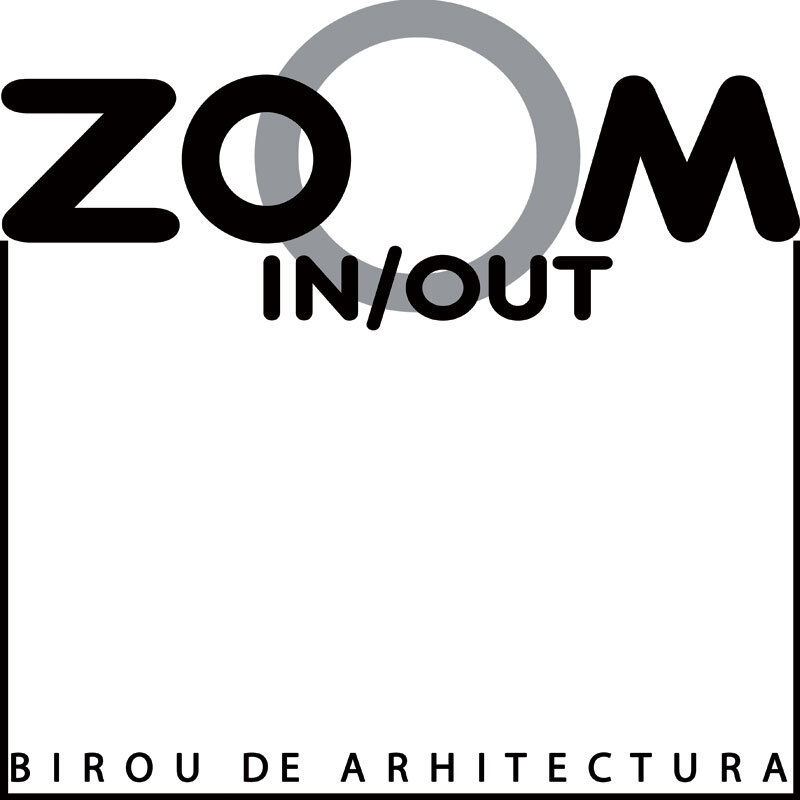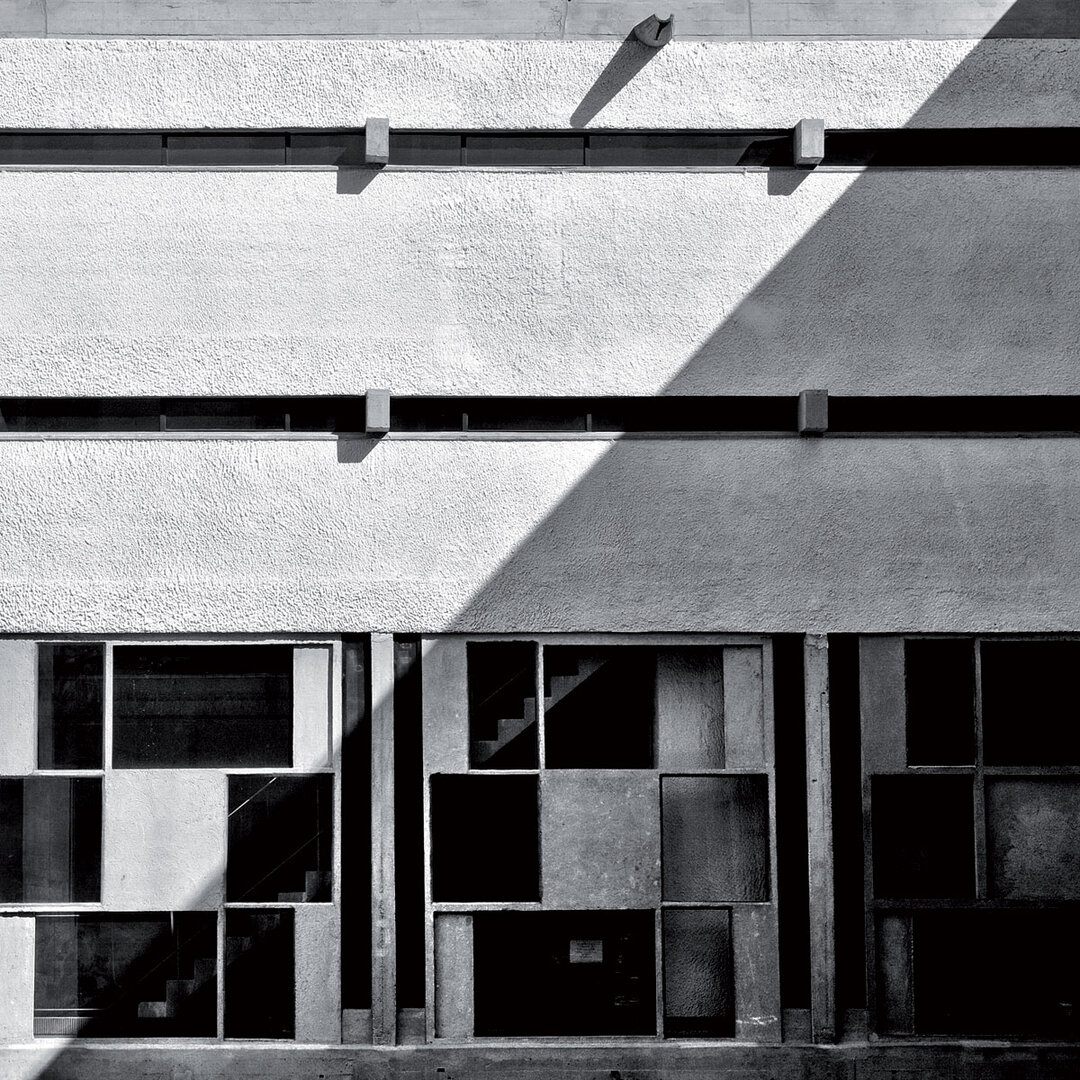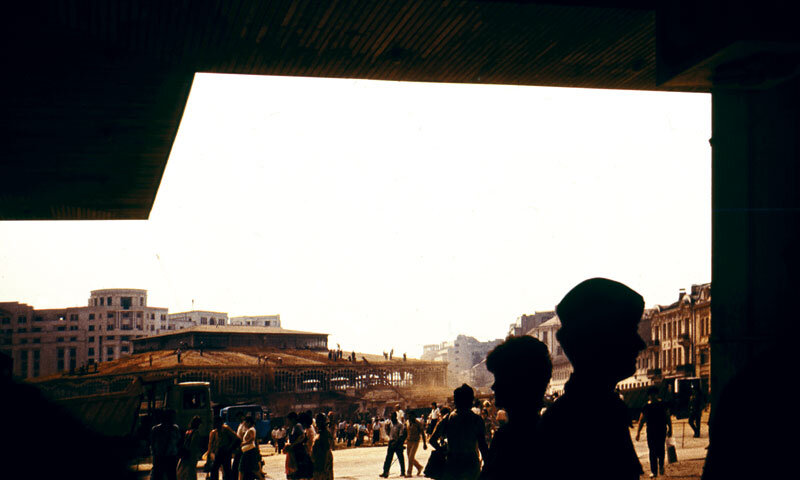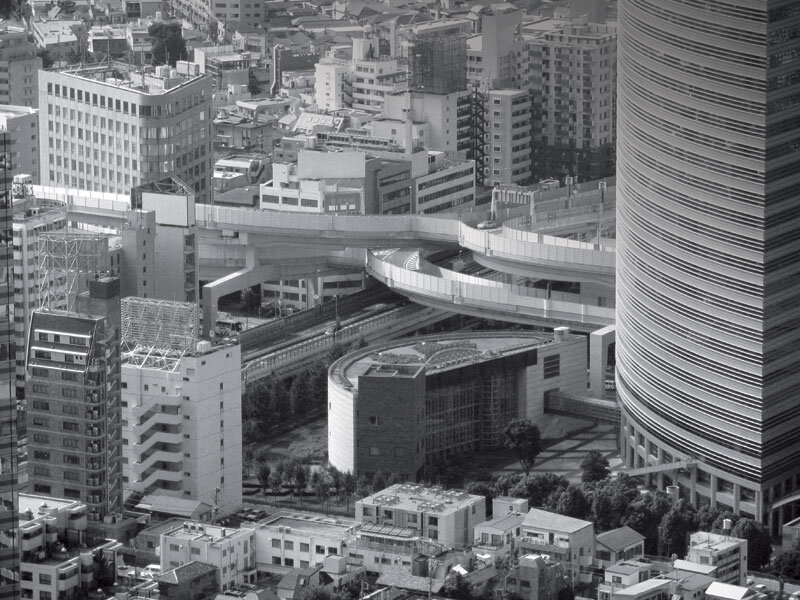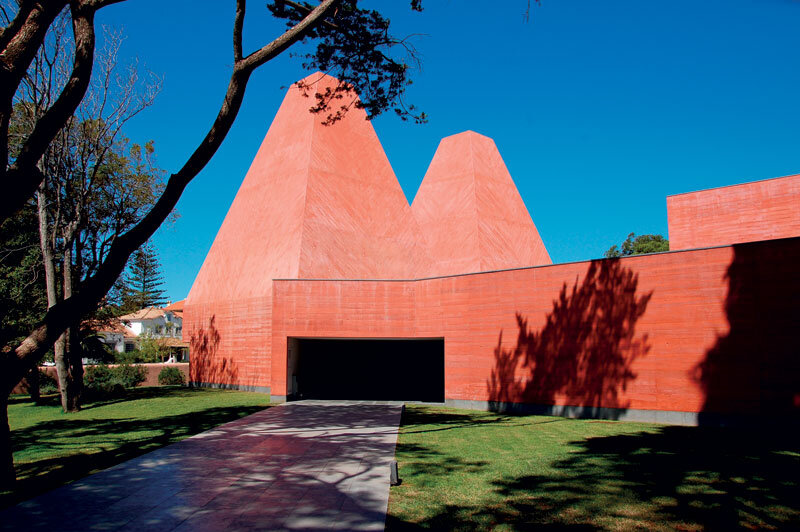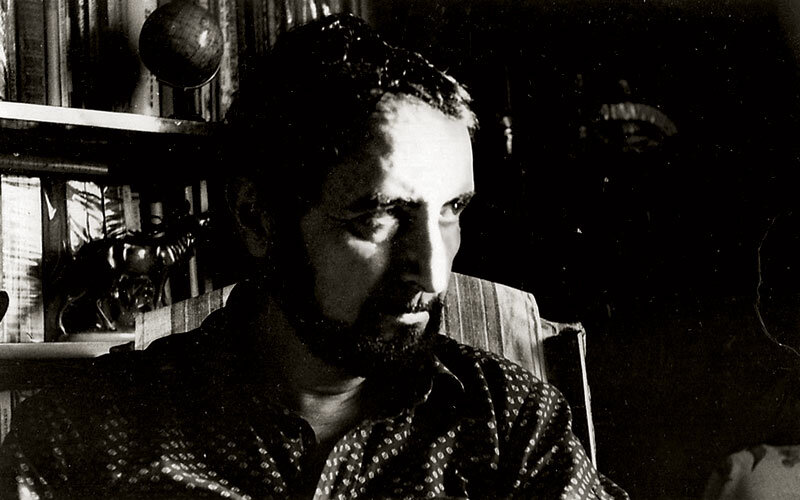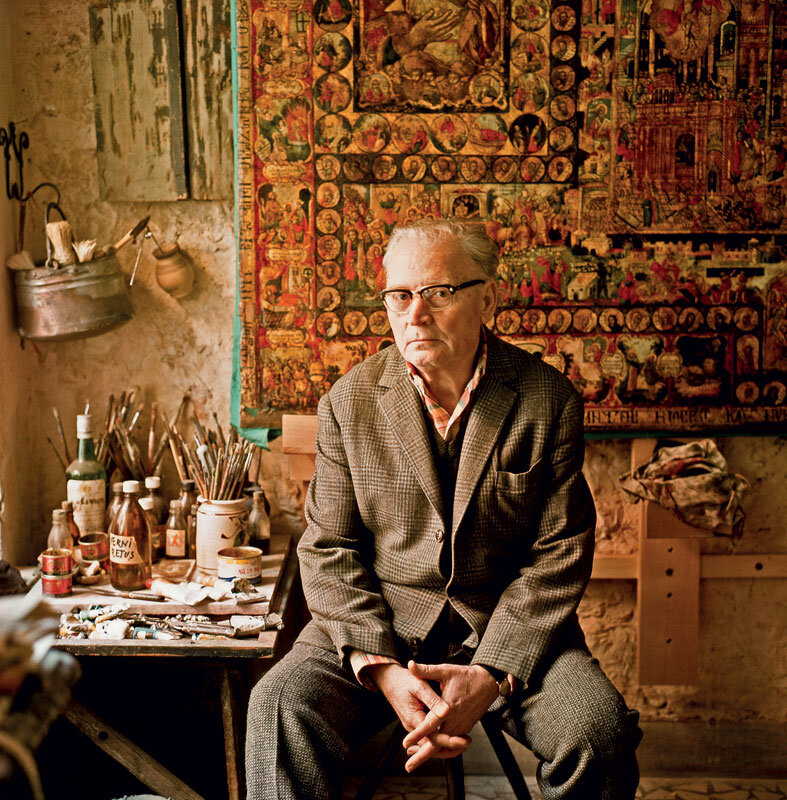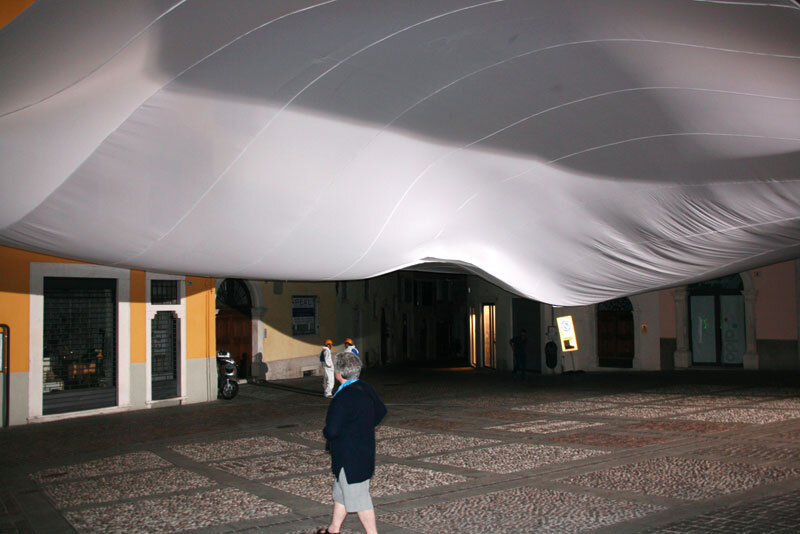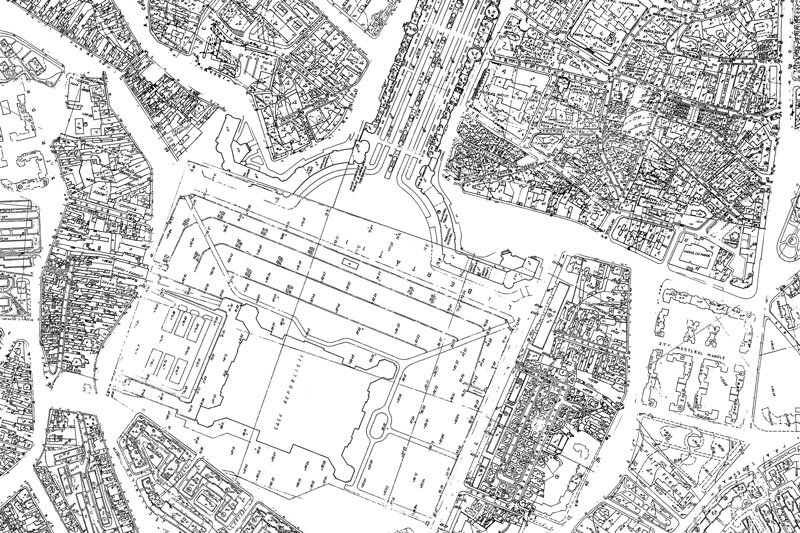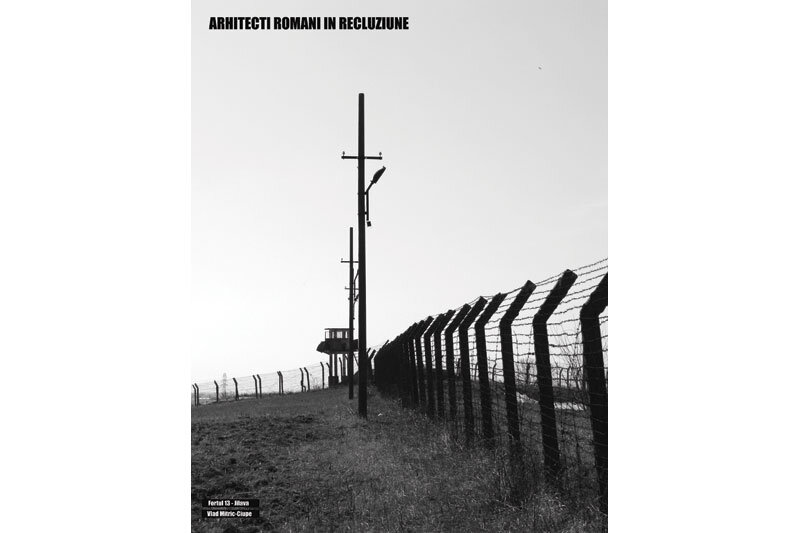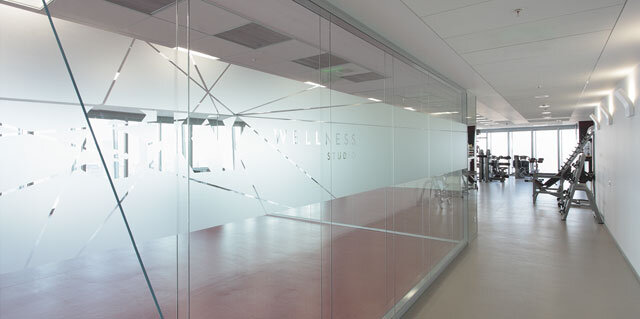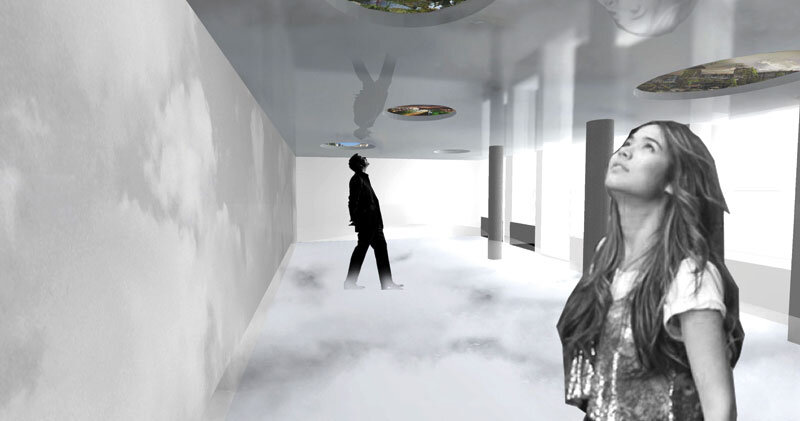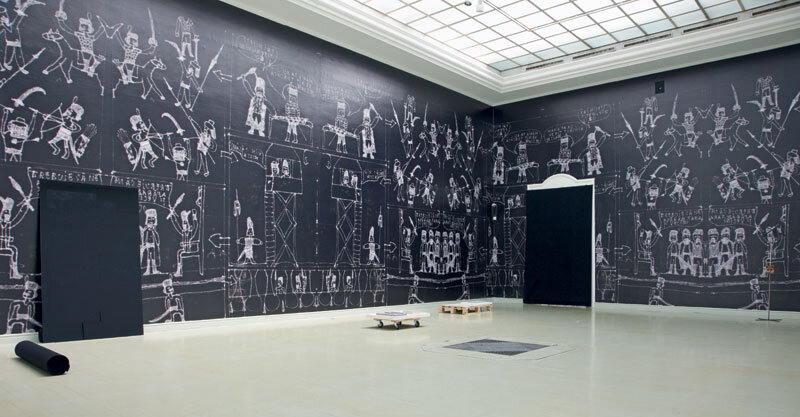
Architects in seclusion
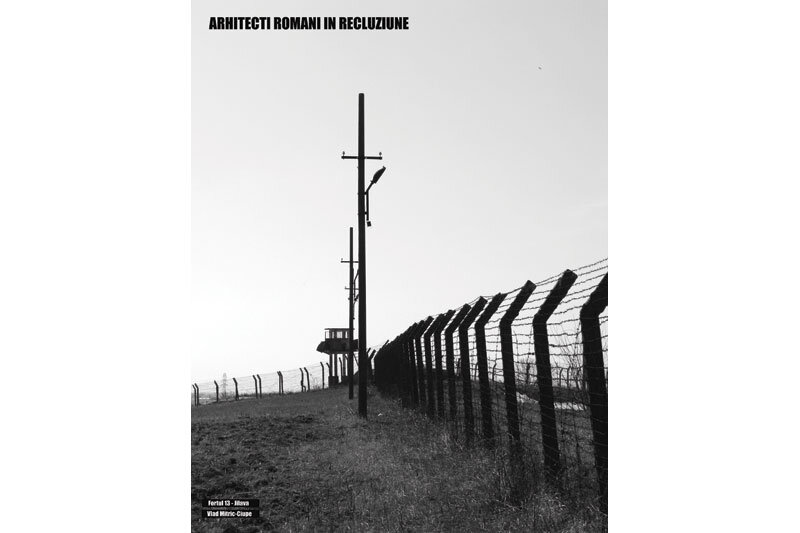
With the support of the Union and the Romanian Order of Architects, the research with the same title aims to bring to light unknown elements of the ordeal that some architects went through, in the broader context of the repression and extermination of the cultural elite of the time, as well as their evolution after the liberation.
I must have been 10 or 11 years old when, exasperated by my parent's insistence that I should follow the optional bibliography proposed in the Romanian textbook, I decided to try something else. Closing my eyes, I pulled out a book at random from my father's library1. It turned out to be a book about the Second World War, which was my first contact with recent history. With my attention and interest piqued, reading the famous NurembergTrials2 immediately marked the beginning of a lifelong interest in this area.
In recent years, I have deepened my studies on the Bolshevik revolution, the inter-war period, the Antonescu regime, the loss of the territories in 1940, the war in the east, the legionary movement, the August 23, and especially the establishment of the communist regime in Romania and the extremely harsh repression that followed. Subsequently, I went beyond the level of simple reading and began to look for survivors, to interview, to attend conferences and events dedicated to the crimes of communism, to complete a personal oral archive, all this apparently without a precise purpose, from a simple inner calling. One of the priority subjects was the phenomenon of re-education through torture (Pitești, Gherla, Târgșor, Canal) as well as the non-violent re-education in Aiud, during the last period of political imprisonment in Romania.
However, this major interest also led to frustration in the absence of any other purpose than to supplement personal knowledge. It took the moment of graduating3 in Architecture to start an attempt to interweave the two fields, followed by a doctoral research - currently being finalized - on the theme "The architecture of memory - ways of translating the memory of the victims of communism in Romania into architectural objects"4, as well as a study on the fate of prisons and labor and extermination camps - from an architectural-heritage perspective.
Towards the end of 2011, I discovered the work coordinated by the architect Viorica Curea5, one of the few studies on the fate of Romanian architects during the communist regime. From the profession's perspective, I believe that the steps taken so far to recover the memory are intended to pave the way and chart new directions, but genuine research is still in its infancy. While at the macro level there have been analyses and criticisms - I would mention here the analyses of the architects Augustin Ioan6, Ana-Maria Zahariade7, Ioan Mircea Enescu8, Gheorghe Leahu9, INST researcher Carmen Rădulescu10 and the historian Dinu C. Giurescu11 - the individual destiny of those who suffered the extreme rigors of the communist regime, namely political imprisonment, is virtually unknown today. The fall of the Iron Curtain brought with it immense human losses, through elimination or extermination, and the purging of academics, removal from the "field of work" and the imprisonment of architects were elements that completed the transformation of the professional into a mere civil servant-technician.
With the support of the Union and the Romanian Order of Architects12, the research entitled Architects in confinement aims to bring to light completely unknown elements of the ordeal that these people, these architects, went through, in the broader context of the repression and extermination of the cultural elite of the time, as well as their evolution after their liberation. While the imprisonment of several architects by the communist regime is known at the level of architects' organizations in Romania, the present research (not yet completed) has so far managed to identify over 50 names and to recover much of the latent information that is inaccessible to the public. In terms of methodology, I emphasize the use of existing memoirs, the identification and interviewing of surviving architects who were former political prisoners in 2012, the identification and interviewing of the descendants of architects who were politically imprisoned, the use of materials from the personal archives of their families, the retrieval of relevant information and documents from the archives of CNSAS13, AANP14, ANIC15 and others. I point out as defining for my study the recovery of the memory and work of people eliminated from public life, imprisoned, and after liberation - marginalized and stigmatized, architects who nevertheless left behind them true treasures waiting to be brought to light (architecture, poetry, painting, scenography, graphics, etc.) and thus completing the history of architecture in Romania, as well as studies on communist repression.
In parallel with the finalization of the research and the preparation of the complex monographic work, scheduled to be launched in 2013, we are inaugurating today the series Architects in confinement, under the heading The unknown history of the architects' guild. The imprisoned Romanian architects fit perfectly - from all points of view - into the successive stages of communist repression: the people's tribunals of 1945-1946, the wave of arrests in 1948, the aftermath of the 1956 Hungarian revolution, and so on, as well as into virtually all the charges brought by the communist justice system, from crimes against humanity, crimes of national disaster16, attempted fraudulent border crossing or the classic plot against the social order. However, ordering the presentations for the series we are proposing is all the more difficult. It was not easy for me to decide, but a few last-minute factors led me to devote the first article to the architect Ion Cristodulo. I recall here the impressive reaction of his descendants, namely his two sons, who already at the second meeting declared their full support for the project to recover information about their father. There followed, in avalanche, a series of twists and turns and additions to the portrait, and I mention only the recent rediscovery of the fascinating diary of Simion Hristodul17 - the architect's father, the availability of the CNSAS staff, and the opening in May this year of the homage exhibition (for the moment dedicated only to painting) organized by the sons Apollon and Ion in memory of their father.
1. Post-scriptum la Nürnberg, Cristian Ionescu, Editura Politică, 1989.
2. The Nuremberg Trial, Joe. J. Heydecker, Johannes Leeb, Orizonturi Publishing House, 1997.
3. Proposal for a Museum of the Crimes of Communism - Fortul 13 Jilava, tutor prof. dr. dr. arh. Radu Tănăănăsoiu, Faculty of Architecture "Spiru Haret", graduation session 2010.
4. "Ion Mincu" University of Architecture and Urbanism, Department of Advanced Studies, Doctoral Studies, supervisor prof. dr. arh. Prof. Sorin Vasilescu.
5. Arhitecți în timpul dictaturii, Curea Viorica editor, Simetria Publishing House, 2005.
6. Modern Architecture and the Totalitarian Project - a Romanian case study, Augustin Ioan, ICR Publishing House, 2009. Architecture and Power, Augustin Ioan, AgerFilm, 1992.
7. Architecture in the communist project. Romania 1944-1989, Zahariade Ana Maria, Simetria Publishing House, 2011.
8. Arhitect sub comunism, Enescu Ion Mircea, Paideia Publishing House, 2006.
9. Arhitect în "epoca de aur", Leahu Gheorghe Leahu, Civic Academy Foundation, 2004.
10. Union of Architects of the P.P.R.R./R.S.R., Archives of Totalitarianism, Romanian Academy, National Institute for the Study of Totalitarianism, issue 3-4/2010, p. 232.
11. Distrugerea trecutului României, Giurescu C. Dinu, Museion Publishing House, 1994.
12. Romanian Architects in Political Detention - cultural project financed by UAR and OAR.
13. National Council for the Study of the Securitate Archives.
14. Archives of the National Penitentiary Administration.
15. Central National Historical Archives.
16. Form used by the People's Tribunal in 1945-1946.
17. Excerpts from this diary in Ion Cristodulo painter, architect, scenographer 1925-1991, Apollon Cristodulo publisher, 2012.

